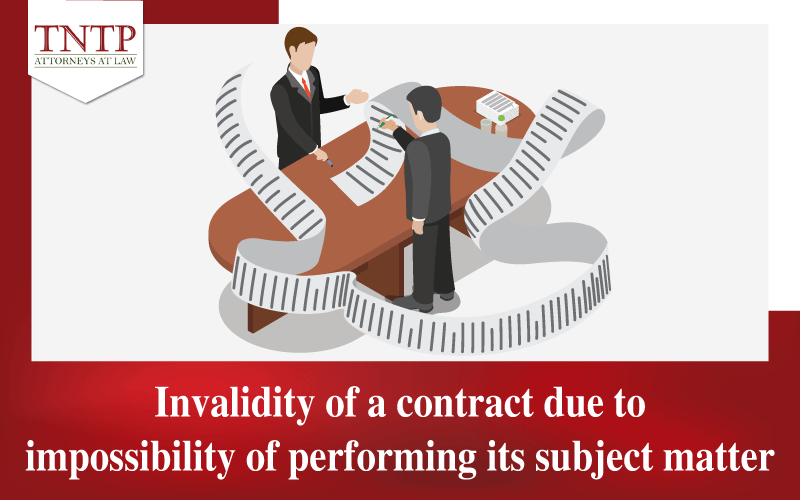The steps for debt recovery in the field of construction
To complete a construction project, businesses need to ensure a large, stable and long-term capital. However, during project implementation, many problems arise that can affect capital flows, the most basic of which can be anticipated is the rising debts. The question is, how business can recover the debt and ensure the stability of capital flow during construction? In the following article, TNTP’s lawyer will give our opinion on: “The steps for debt recovery in the field of construction”.
1. Identify the debts that need priority for recovery
In the activities of businesses in the field of construction in particular and in other fields in general, many different debts can arise. Some debts may not have a big impact on the financial flow, but others may have a huge impact on the financial capacity of the business.
Therefore, the first step in debt collection is that businesses need to quickly recover the debt that may greatly affect business operations to eliminate potential financial risks. According to our experience, a business debt that needs priority for recovery has the following characteristics:
– The Debts incurred for more than 12 months
– The debtor has unstable business operations
– Large debt value (over 50% of the value of the construction project)
– The debtor shows signs of not cooperating with payment
Accordingly, after identifying priority debts for recovery, businesses need to prepare for the next step which is debt reconciliation.
2. Debt reconciliation
Debt reconciliation is when the business and the debtor agree to determine the exact value of the debt and the debtor acknowledges the obligation to repay. This is a very important step for later stages of debt collection, because when the debtor does not acknowledge the debt, the business will have to prove that they have the right to recover the debt, as well as prove the value of the debt. As a result, debt collection will become a dispute resolution job that costs a lot of time and effort as well as expenses of the business.
Debt reconciliation should be performed continuously from the time the debt begins to arise to limit the possibility of the debtor refusing the debt when the value becomes large. We believe that businesses should process the Debt reconciliation monthly or quarterly to best ensure their rights and create favorable conditions for the debt collection process if any arises later.
3. Negotiate phase
As the first step in the debt collection process, the business will remind the debtor to pay the debt by negotiating on the basis of goodwill, respect and cooperation. This is the stage when the business explores whether the debtor is willing to pay the debt or not, so the implementation process needs to limit unnecessary pressure.
If the negotiation goes well, businesses can save significant costs and time to collect debt, so at this stage businesses can consider “Win-Win” options to increase the likelihood of successful debt recovery if the debtor also shows their willingness to pay and have the ability to pay the debt.
In cases where the businesses have tried to negotiate in good faith, but the debtor does not cooperate to pay the debt, the businesses should consider proceeding with the proceedings at a competent dispute resolution agency.
4. Conduct the litigation phase
When negotiation does not show any good sides, the business can consider taking legal action. According to the provisions of law, litigation is the process and procedure for resolving disputes arising in a legal relationship, then the dispute resolution body will have the authority to conduct proceedings including but not limited to: Courts and Arbitration Center.
When conducting the litigation stage to collect debt, the business will submit a Petition to the dispute resolution body, namely the Court and the Arbitration Center based on the choices of the parties in the Contract. The dispute resolution body will review the Petition and accompanying evidence of the business to issue a legally effective Decision/Judgment/Award if the Petition and these documents have sufficient grounds for the business’s lawsuit claim.
After the dispute resolution body issues a legally effective Decision/Judgment/Award forcing the debtor to pay the debt, the business can proceed with the Judgment Enforcement stage so that the competent Judgment Enforcement authorities take necessary measures on behalf of state power to force the debtor to pay the debt to the businesses in accordance with the Decision/Judgment/Award that has legal effect.
Above is an article by lawyer TNTP on the topic: “The steps for debt recovery in the field of construction“. Hopefully, this article brings value to readers.
Best regards,



